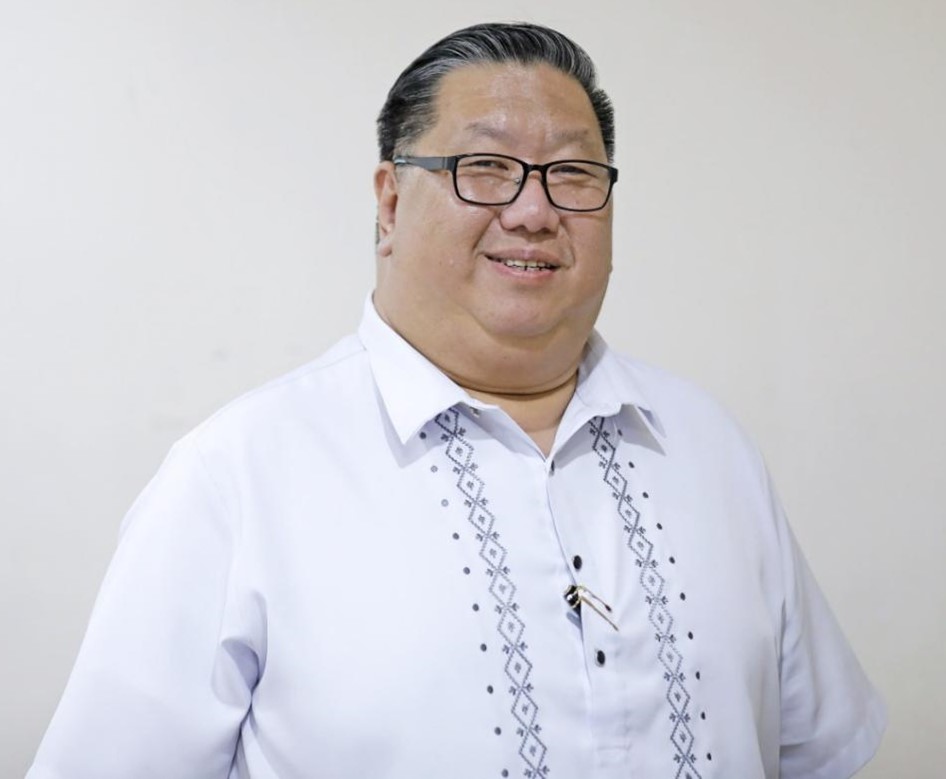FRESH VIEWPOINTS: A NEW PERSPECTIVE
By Brian James Lu
The importance of Philippine mangroves
Share
This situation is truly alarming. A report by the International Union for Conservation of Nature (IUCN) stated that half of the world’s mangrove ecosystems are at risk of collapse due to climate change. The IUCN, known for its Red List of threatened species, has now highlighted the threat to mangroves following studies in 36 different regions.
Southeast Asia accounts for a third of the world’s mangroves and hosts the greatest diversity of mangrove species. According to a study, the Philippines experienced the region's second-worst mangrove decline, losing 10.5 percent of its mangrove forests between 1990 and 2010. The rapid expansion of aquaculture ponds for fish farming is primarily responsible for this loss.
The Philippines, a country of more than 7,000 islands, relies heavily on mangroves. Major islands, teeming with mangroves, provide essential protection and habitat for marine life. A study in 1996 recognized the Philippines as having one of the richest diversities of coastal areas in the world. Unfortunately, the country's mangrove forests have drastically decreased from 500,000 hectares in 1918 to just 100,000 hectares by 1994–1995.
Primarily, mangroves act as natural barriers against storm surges, tsunamis, and coastal erosion. Their complex root systems absorb and dissipate wave energy, protecting shorelines and reducing the impact of natural disasters on coastal communities.
I remember that during Typhoon Yolanda (Haiyan), one of the factors that exacerbated the huge storm surge was the lack or absence of mangroves in the coastal areas. I read a news article describing how, prior to Typhoon Yolanda, residents in a coastal town were cutting their mangroves indiscriminately. After Yolanda, they planted many mangroves, which they are now very protective of.
Mangrove forests are rich ecosystems that support a wide variety of wildlife, including fish, crustaceans, and birds. They provide breeding grounds and nurseries for many marine species, contributing significantly to the biodiversity of coastal and marine environments. These ecosystems are critical for the livelihoods of many local communities, providing habitat and food for fish and other marine species that are essential for commercial and subsistence fisheries. Mangroves support various sustainable livelihood activities beyond fisheries, such as honey production, sustainable timber and fuelwood harvesting, and medicinal plant collection.
Mangroves also improve water quality by filtering pollutants and trapping sediments from rivers and streams before they reach the ocean. This helps maintain the health of adjacent coral reefs and seagrass beds.
During the construction of the "dolomite beach" in Manila Bay, there was a suggestion to substitute crushed dolomite with mangroves, as they offer a more cost-effective and affordable form of rehabilitation. The University of the Philippines (UP) Diliman Institute of Biology stated that using mangroves for the rehabilitation of coastal areas is one of the most effective nature-based solutions. It can contribute to biodiversity and conservation, as well as serve as a climate change adaptation strategy. They also pointed out that more viable, scientifically sound projects could have received the hundreds of millions of pesos allocated.
Indeed, mangroves are an indispensable part of environmental health and economic stability. Mangroves are also part of cultural heritage, as many indigenous and local communities associate them with traditional practices and local folklore.
Our government has initiated several programs and policies to support mangrove conservation and development in coastal areas. The aim is to protect and restore mangrove ecosystems, recognizing their critical role in environmental sustainability and coastal community resilience. Foremost among these programs is the Mangrove and Beach Forest Development Project (MBFDP) under the Department of Environment and Natural Resources (DENR). The administration of the late former president Benigno ‘”Noynoy” Aquino III allocated PHP1 billion for this program.
Another key initiative is the Integrated Coastal Management (ICM) program. Implemented by the DENR and local government units (LGUs), ICM programs integrate the sustainable management of coastal resources, including mangroves. These programs promote the holistic management of coastal zones, balancing environmental conservation with sustainable development.
The National Mangrove Conservation and Rehabilitation Program specifically focuses on the conservation and rehabilitation of mangrove areas. It includes activities, such as nursery establishment and mangrove forest planting and maintenance.
The Philippine Plan of Action for Sustainable Fisheries (PPASF) is a comprehensive initiative for the protection and rehabilitation of mangrove ecosystems, which are crucial habitats for many fish species. It aims to ensure the sustainability of fisheries resources, vital for food security and the economy.
These programs reflect our government’s commitment to protecting and restoring mangrove ecosystems, recognizing their importance in mitigating climate change, protecting coastal areas, and supporting biodiversity and local livelihoods.
It is important to involve communities, not only from coastal areas but also students in urban areas, so they can appreciate firsthand the importance of mangrove conservation. The National Greening Program (NGP), another government initiative, aims to plant 1.5 billion trees, including mangroves, from 2011 to 2028. This program adopts a participatory approach to forest conservation. Enhancing government initiatives to arrest the decline of Philippine mangroves and forests is crucial. By involving students, who are the next generation of leaders, they can better understand biodiversity and its relation to climate change. This is extremely important, as our country and the rest of the world are experiencing unprecedented extreme weather conditions.
Editor’s note: The opinions expressed in the foregoing article are solely the author’s and do not reflect the opinions and beliefs of the Philippine News Agency (PNA) or any other office under the Presidential Communications Office.
Comments
About the Columnist

BRIAN JAMES J. LU, MMgt, is an entrepreneur, business adviser, government consultant, and is deeply involve in civil society organizations. He advocates good governance, ethical business practices, and social responsibilities. He is the President of the National Economic Protectionism Association (NEPA) and Chairman of the Foundation for National Development (Fonad). His broad experiences in the private and public sectors give him a unique perspective to advance his advocacies.
